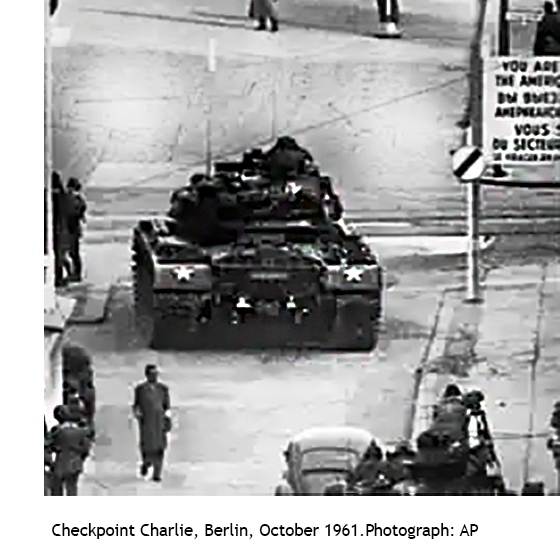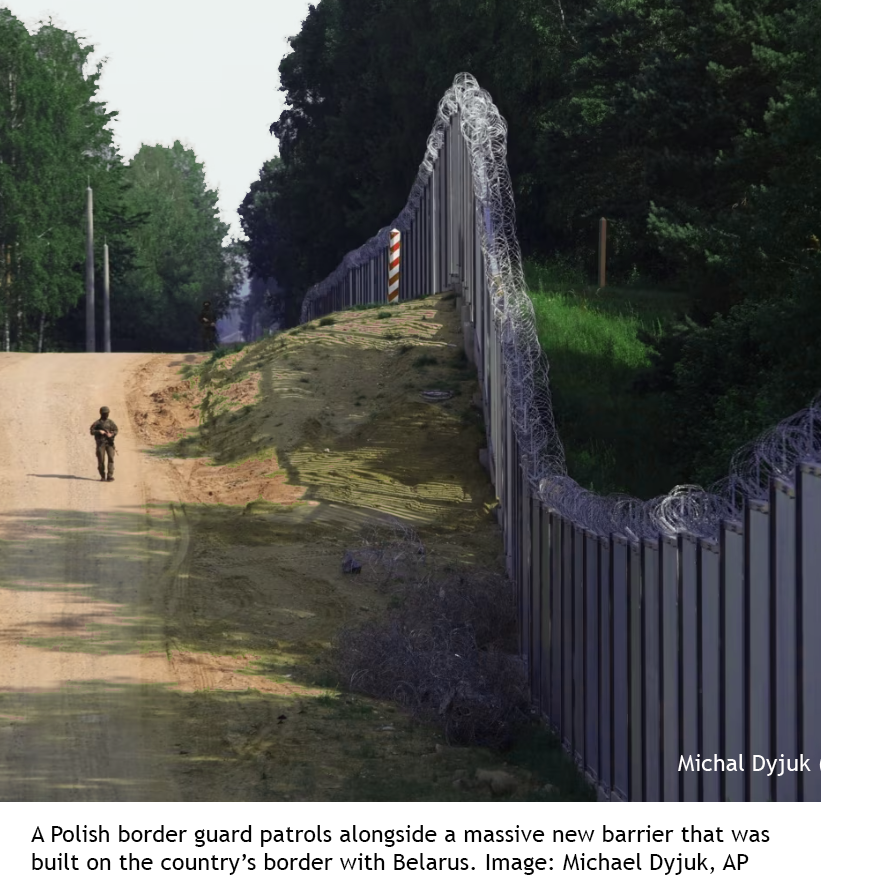How do borders shape heritage and its potential for belonging and change?
This research project seeks to rethink the role that national borders play in shaping ideas of heritage and belonging in Europe. Its central premise is that while recent debates have taken increasing account of the role that transnational movement of people, ideas and objects play, the way the role of the past is cast to shape contemporary and future belonging often remains fragmented according to national (and even regional) lines, and debates fail to consider the ways in which a wide set of European, imperial global encounters and processes interacted, and continue to interact.

Borders of Belonging
Borders of Belonging seeks to address this gap by analysing the shifting presentation and understanding of borders in debates about belonging from the nineteenth to the twenty-first century, with attention to sites across Europe. These sites may have been on the peripheries of nation-states, but they were at the centre of a range of other processes, most notably migration as border crossers arrived from neighbouring states, but also from further afield in Europe and across the globe. It was thus at these boundaries of communities that ideas of belonging were imagined and articulated.

Analysis and understanding of borders
Through a workshop, student-led exhibition and the creation of an interdisciplinary, international network, Borders of Belonging seeks to shed new light upon the articulation of assumptions about belonging and on the shifting presentation of border sites.

